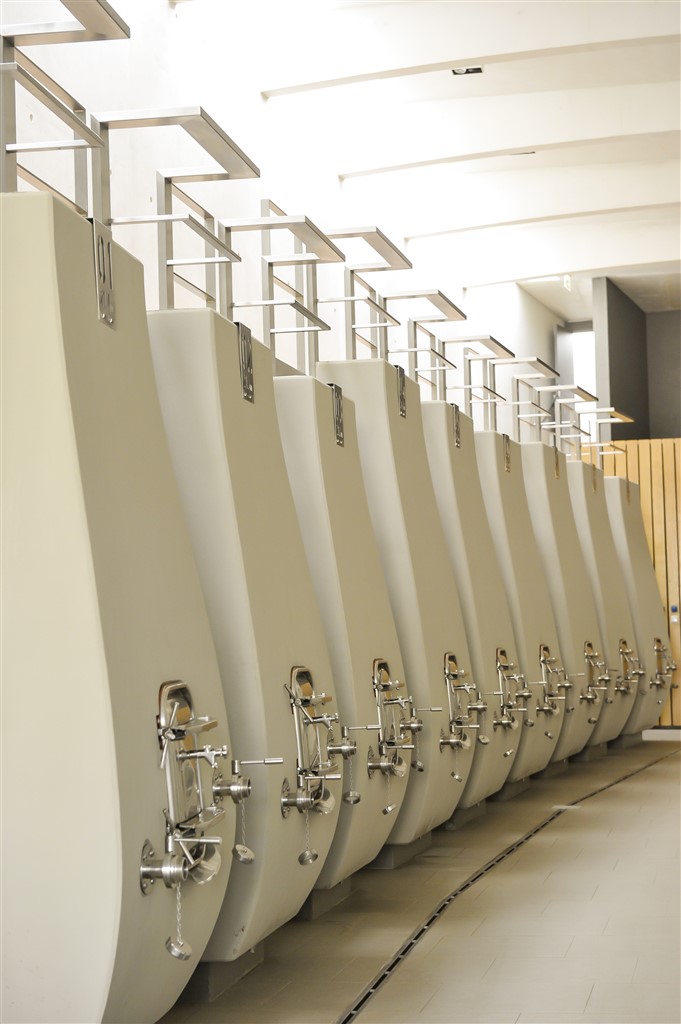|
You are using an insecure Internet browser
Navigateur internet non sécurisé
您在使用不安全的网页浏览器。
|
||
|
We have noticed that you are using Internet Explorer which is an outdated and insecure Internet browser. Please use one of the browsers below for a safe and optimal experience on our website.
Nous avons remarqué que vous utilisez Internet Explorer, qui est un navigateur internet obsolète et non sécurisé. Nous vous recommandons d’utiliser à la place l’un des navigateurs ci-dessous pour une expérience sûre et optimale sur notre site.
我们注意到您使用的Internet Explorer是过时且不安全的网页浏览器。请使用以下任一浏览器,在我们的网站上获得安全及最佳体验。
|
||
| Edge | Firefox | Chrome |


The vineyard of Château Cheval Blanc was formed starting in 1832 from part of Château Figeac, then a huge estate of 200 hectares in the western extremity of Saint-Emilion that abuts the Pomerol appellation. There is a distinctive terroir in this sector known as the “Graves de Saint-Emilion” because of its sixty hectares of gravel soil. The Pomerol proximity and clay-rich soils are key to the history of Cheval Blanc and its singularity. Its origins go back to the acquisition of the Figeac fragments in two stages by the Ducasse family, then owner of Pomerol-based Château L’Evangile. A plump style with a Pomerol echo made the wines of Cheval Blanc so distinctive from the start as they gained notoriety, winning two medals at the London and Paris International Exhibitions in 1862 and 1867, which were put on prominent display on the label. The first one was only for the bronze category, but that even this one should figure on the label so proudly goes to show the degree to which the Saint-Emilion wine region was not as highly regarded as the Médoc until well into the 20th century. This is evidenced by the scarcity of reference to Right Bank wine districts in books on Bordeaux from the 19th century.
Two standout vintages that clinched the international reputation of Cheval Blanc were the 1921 and the legendary, extravagant 1947, although it was only in the 1960s that its wines regularly attained the price level of first growths.

The overture to the modern history of Cheval Blanc begins with its acquisition in 1998 from the Fourcaud-Laussac family, owners since 1852, by a partnership between Albert Frère, Belgian entrepreneur, and Bernard Arnault who later sold his shares to his luxury group LVMH. Significant renovations followed this change, but continuity was assured by estate director Pierre Lurton who had arrived in 1991. Today Lurton still leads a dynamic young team, with a key player being Pierre-Olivier Clouet as technical director. In 2011, Pritzker Architecture Prize winning architect, Christian de Portzamparc, designed a striking, landmark structure housing a state-of-the-art winemaking facility and ageing cellars.
For a long time, the size of the property remained the same as it was in 1871, 41 hectares of which 39 were planted to vines. It was the Fourcaud-Laussac family that had opted for the original grape mix that was essentially half Cabernet Franc, half Merlot, although the former tends to hold sway in the final blend for the wine. Today there are also a few hectares of Cabernet Sauvignon, and as much as 14% was included in the Cheval Blanc 2017. In 2012, more vines were added, coming from a 1.3 portion that once formed part of Château La Tour du Pin.

© 2024 Copyright – Le Club FICOFI® | Design by OLC
This website uses cookies to ensure you get the best experience on our website as specified in our Cookie Policy. You can consent to the use of such technologies by clicking on “I agree”.